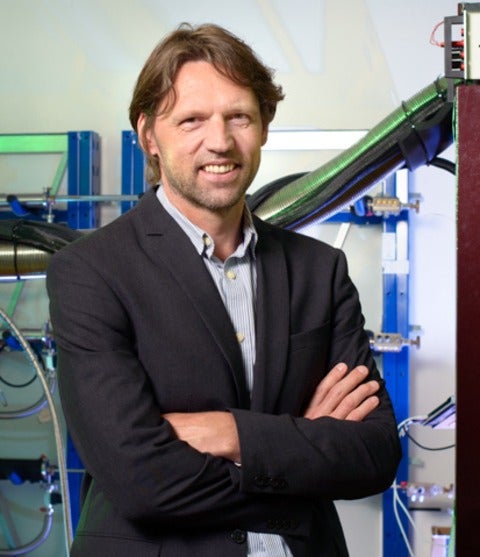Scott Aaronson: Exploring the Limits of the Efficiently Computable
Scott Aaronson, Massachusetts Institute of Technology (MIT)
I'll give a broad overview of my research over the last decade aimed at understanding the relationship between computational complexity and physics; and in particular, the capabilities and limitations of quantum computers.

 The workshop aims at bringing together researchers from quantum computing and classical programming languages.
The workshop aims at bringing together researchers from quantum computing and classical programming languages. In 1981, Richard Feynman proposed a device called a “quantum computer” to take advantage of the laws of quantum physics to achieve computational speed-ups over classical methods. Quantum computing promises to revolutionize how we compute.
In 1981, Richard Feynman proposed a device called a “quantum computer” to take advantage of the laws of quantum physics to achieve computational speed-ups over classical methods. Quantum computing promises to revolutionize how we compute.